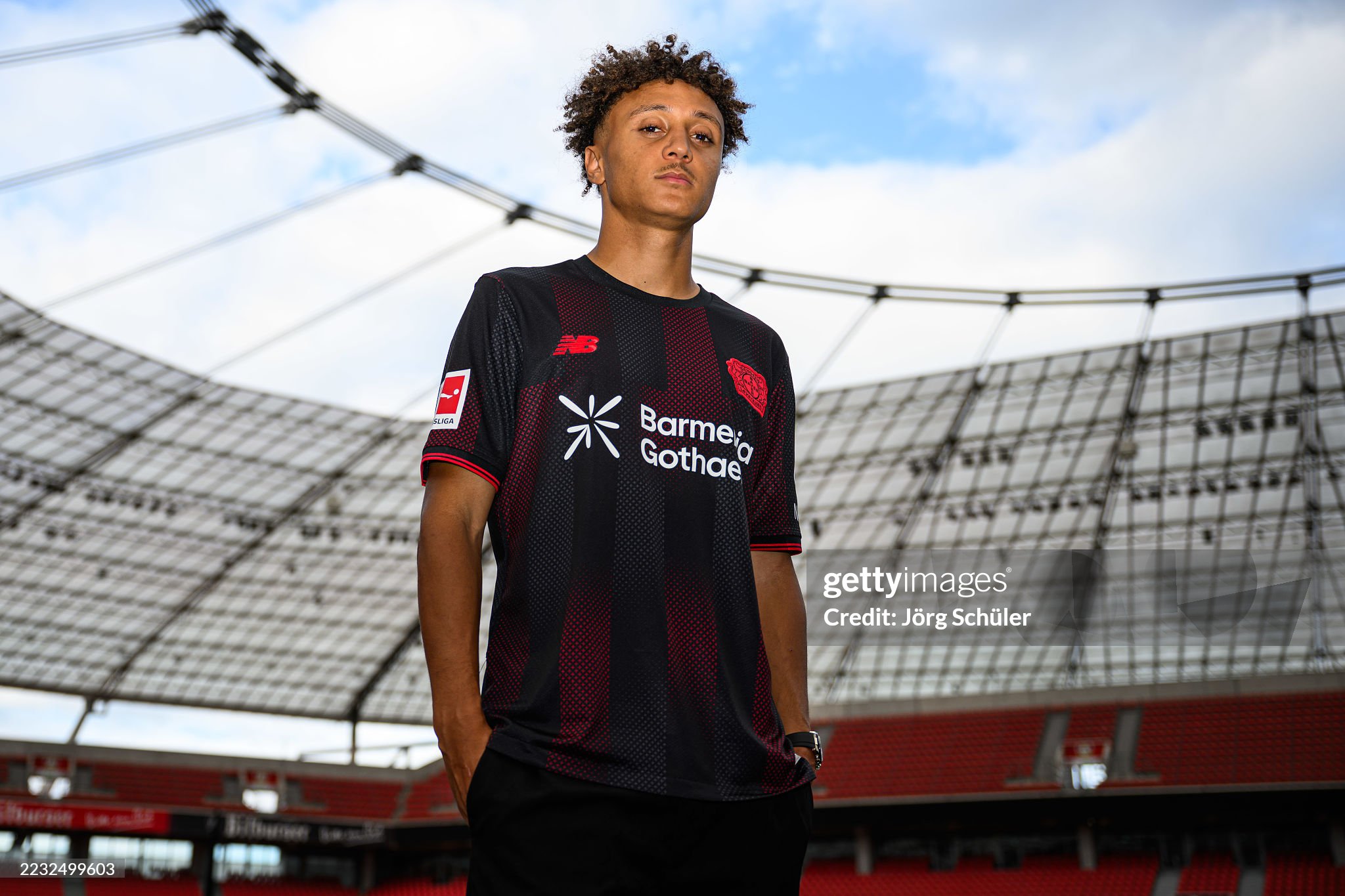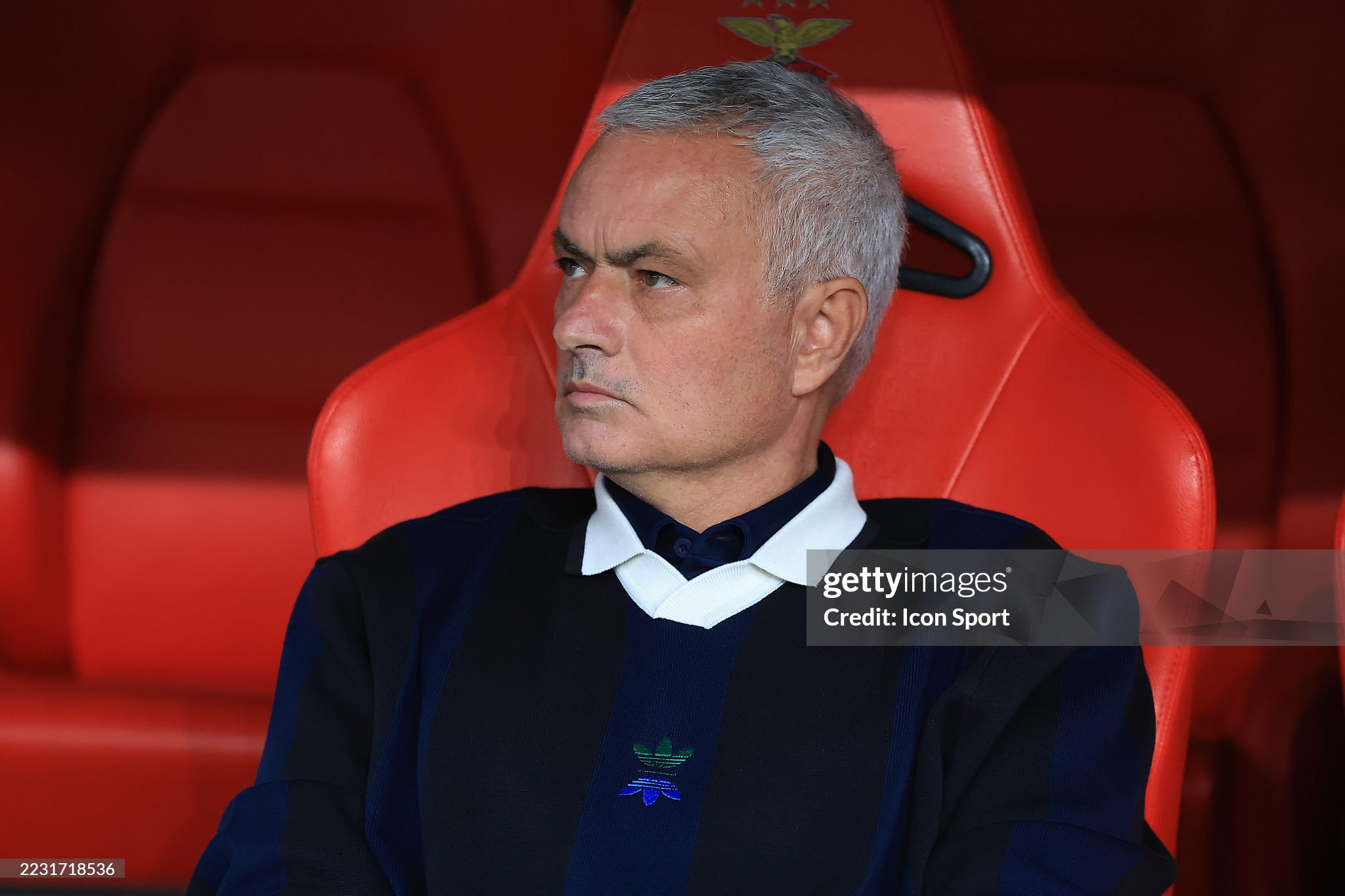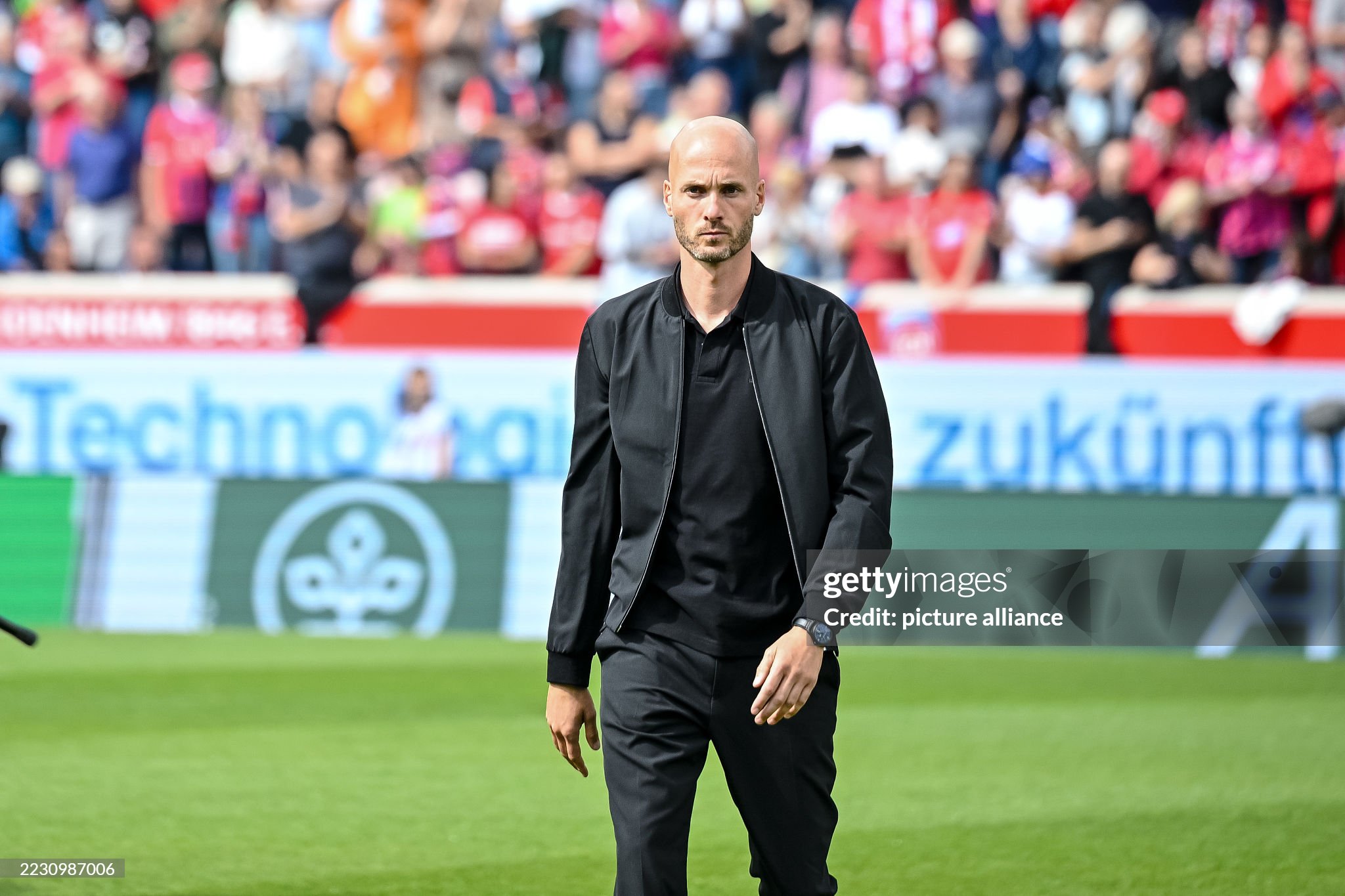Neymar is currently not on the same page with national coach Carlo Ancelotti regarding the reason for his absence from the Brazilian national team. According to Ancelotti, the forward is struggling with fitness issues, but the former star player himself claims the truth is somewhat different. He revealed this during a press conference at his club Santos.
 Embed from Getty Images
Embed from Getty Images
After the match against Fluminense, Neymar once again found himself at the center of a national debate.
The 33-year-old forward, who returned to Santos earlier this year in an emotional homecoming, spoke candidly about his physical condition and the ongoing uncertainty surrounding his place in the Brazilian national team. “I had some minor thigh discomfort. It was annoying, but nothing serious,” Neymar told reporters. “Against Bahia I wasn’t allowed to play because of suspension, so the club kept me out of training to continue recovering.”
Those words might have put an end to speculation about his health, but the announcement of Carlo Ancelotti’s latest Brazil squad reignited controversy. The Italian coach, a legendary figure with decades of success at the highest level in European football, was asked why Neymar had been omitted from the list. His response pointed to issues of fitness and preparation. “We don’t need to test Neymar,” Ancelotti said. “Just like everyone else, he must arrive in good physical condition to help the national team.”
That explanation did not sit well with Neymar. While careful to maintain a tone of respect toward the coach, he made it clear that he disagreed. “I think I was left out of the squad for technical reasons and that it had nothing to do with my physical condition,” he stated, essentially contradicting Ancelotti’s reasoning. The contradiction has since dominated headlines, with fans, pundits, and former players debating whether Brazil’s coach was being diplomatic about his decision, or if Neymar is unwilling to accept the reality of his situation.
The disagreement is symbolic of a broader question: what role, if any, should Neymar still play in the Brazilian national team?
Neymar’s relationship with the Seleção has been turbulent in recent years. Once considered the heir to Pelé and the leader of a new golden generation, he now finds himself fighting not only injuries but also for relevance in a squad increasingly shaped around younger stars. His last international appearance dates back to October 17, 2023, in a World Cup qualifier against Uruguay. That night in Montevideo ended in heartbreak. Neymar suffered a devastating knee injury that forced him to leave the pitch on a stretcher, an image that symbolized yet another cruel setback in his career. Nearly two years have passed since then, and despite his determination, he has yet to return to the national stage.
Now back in Brazil with Santos, Neymar was expected to rediscover his rhythm and perhaps relaunch his international career. The homecoming generated enormous excitement among fans, with record shirt sales and a surge in attendances whenever Santos played. Yet the reality has been less glamorous. Since January, he has managed only twelve appearances in the Brazil Série A, scoring three goals. Nine league games have already slipped past him due to injuries or recovery periods. While the flashes of brilliance are still visible a dribble, a pinpoint pass, a spectacular finish the consistency is missing.
For Ancelotti, this inconsistency presents a dilemma. As Brazil seeks to rebuild after disappointing recent campaigns and gears up for the next Copa América and the 2026 World Cup, the coach must balance experience with the need to rejuvenate the squad. Neymar, at 33, no longer represents the future. Instead, the focus is shifting to the likes of Vinícius Júnior, who has become Real Madrid’s talisman; Rodrygo, whose versatility makes him indispensable; and Endrick, the teenage sensation already tipped as Brazil’s next superstar. In this context, Neymar’s omission can be seen less as a comment on his fitness and more as a statement of direction: the Seleção is moving forward.
Still, writing Neymar off completely would be premature. He remains Brazil’s all-time joint top scorer, tied with Pelé on 77 official goals. His technical ability, creativity, and experience at the highest levels of football are unmatched within the current squad. Even as injuries have slowed him, few doubt that on his day he can still decide a game with a single moment of magic. That is why his absence from the national team always sparks debate.
Brazilian fans are divided. Some argue that Neymar deserves loyalty after more than a decade of service to the national team, pointing to his role in winning the 2013 Confederations Cup, leading Brazil to Olympic gold in 2016, and inspiring countless youngsters. Others believe that his time has passed, that the team must learn to win without him, and that clinging to his legacy only delays the development of a new identity.
Neymar himself appears determined to continue. “I respect the coach’s opinion, but I know what I can do,” he insisted after the Fluminense game. “I’m working every day to be in the best possible condition. Playing for Brazil will always be my dream, and I won’t stop fighting for it.” Those words reflect both defiance and vulnerability. They show a player who understands his place in history but also refuses to accept that his story with the Seleção is over.
For Ancelotti, the challenge is enormous. Managing Neymar is never just about football; it is about navigating expectations, media scrutiny, and the emotions of millions of supporters. If he excludes Neymar, he risks backlash from those who still see the forward as indispensable. If he includes him, he must integrate a player who may no longer fit seamlessly into the system he is trying to build. It is a delicate balancing act, one that will likely define the early years of his tenure as Brazil coach.
Beyond the immediate question of squad selection, Neymar’s situation raises broader issues about the lifecycle of superstar athletes. How does a player who has been the face of a nation for more than a decade transition into the later stages of his career? Can he accept a reduced role, perhaps as an impact substitute or a mentor for younger teammates? Or will he continue to insist on being the centerpiece, even if his body no longer allows it? These questions remain unanswered.
For now, Neymar continues to play for Santos, where every appearance is analyzed for signs of both decline and resurgence. Brazilian fans watch closely, knowing that each touch of the ball could either prove his doubters wrong or reinforce their concerns. The debate over his fitness, his form, and his role in the national team will not end anytime soon. What is certain is that Neymar’s name will continue to dominate conversations around the Seleção, whether he is on the pitch or not.
At 33, Neymar stands at a crossroads. His story is far from over, but the direction it will take remains uncertain. What is clear is that the love affair between Neymar and Brazilian football passionate, complicated, and sometimes painful is destined to continue, for better or worse.








